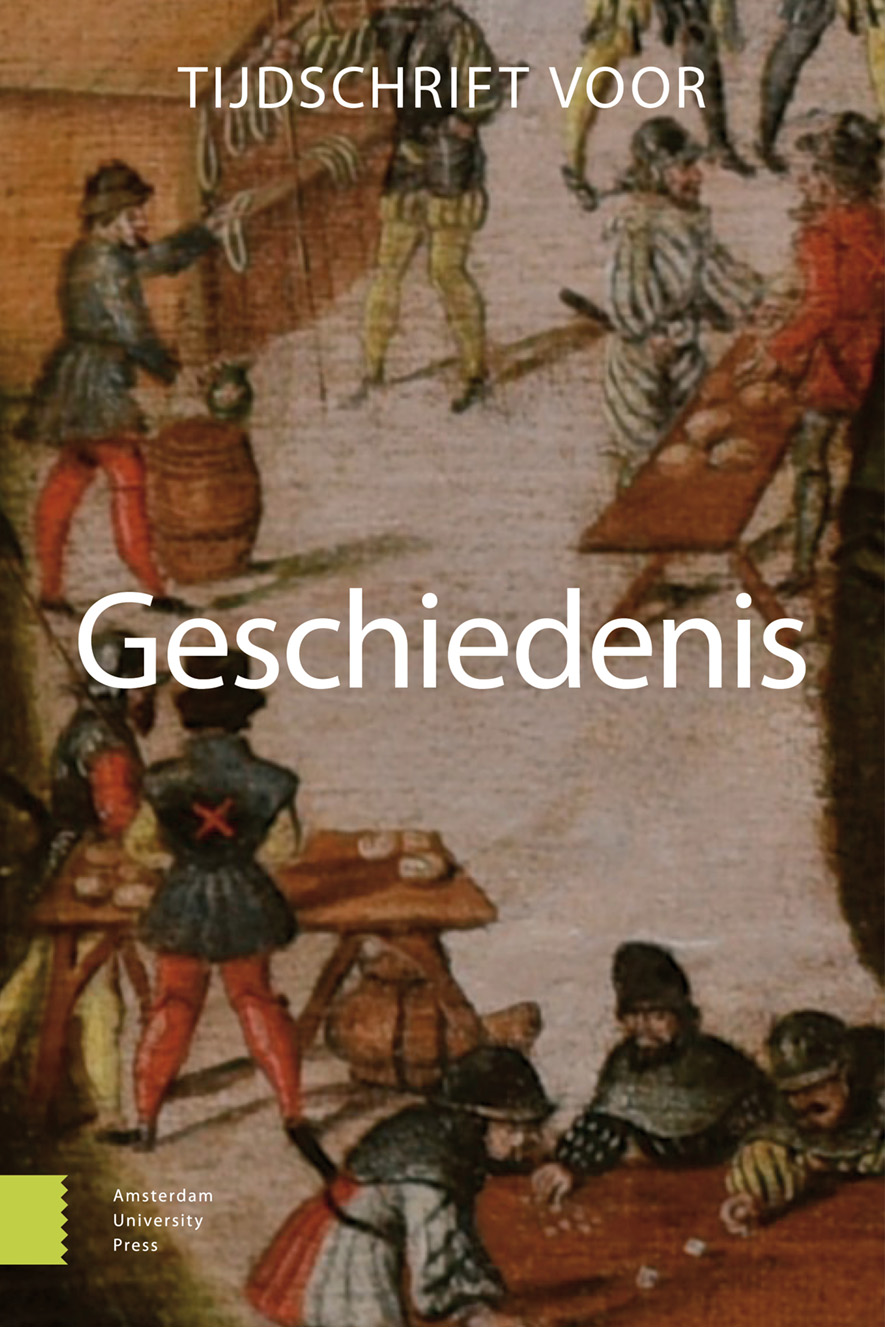-
oa Manoel de Moraes - Spelen met de grenzen van de eigen identiteit in Nederlands Brazilië
- Amsterdam University Press
- Source: Tijdschrift voor Geschiedenis, Volume 124, Issue 1, Feb 2011, p. 4 - 15
- Previous Article
- Table of Contents
- Next Article
Abstract
During the Dutch reign in Brazil (1624/30-54) the country was inhabited by a heterogeneous population, which included Europeans of different religions and origins, but also African slaves and native Indians. Manoel de Moraes was a product of this ethnic and social diversity. As a mixed-race Portuguese he spoke different languages and possessed a thorough knowledge of his homeland. This was a valuable asset in colonial Brazil: he could circulate and bridge between conflicting colonial spaces and became a go-between. But Manoel was also known as a traitor – at different times by the Portuguese and by the Dutch – and had to appear twice before the Inquisition. Through an analysis of his life and work, I investigate how his mixed origin gave him the tools to play with the boundaries of his identity and to succeed in the colony. The concept of the go-between, as elaborated by Alida Metcalf, helps to cast a new light upon betrayal in an early modern colonial context.


